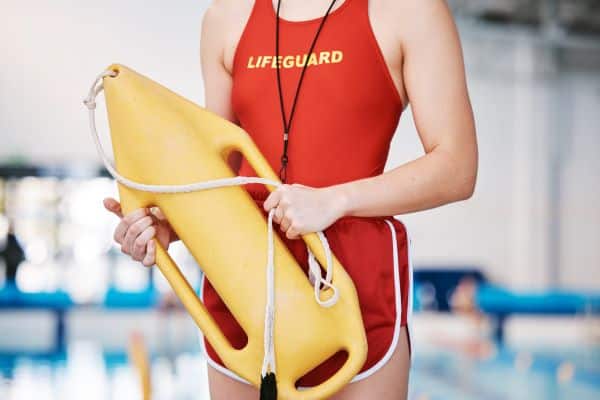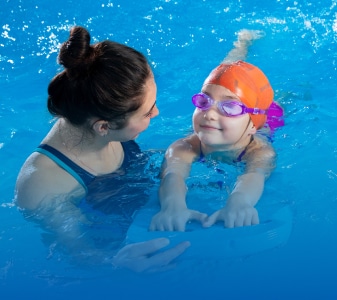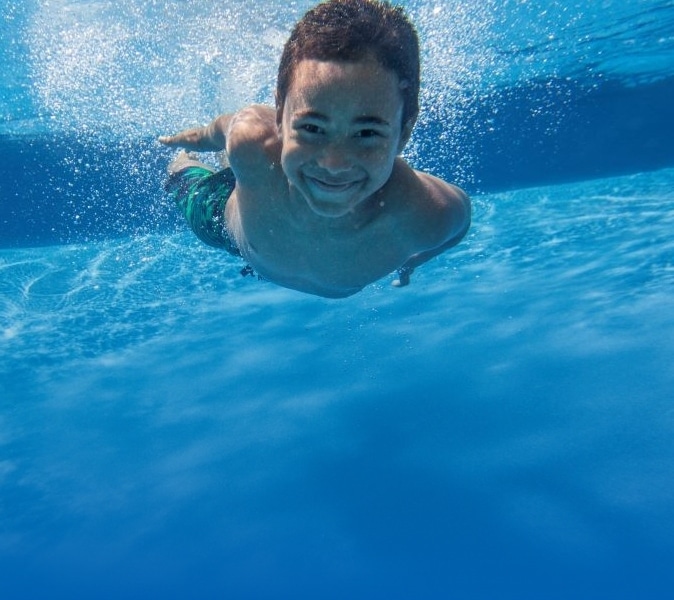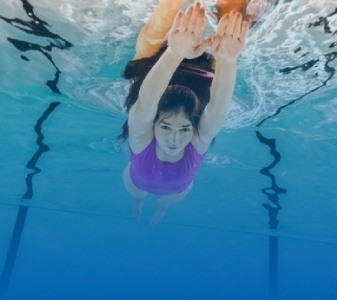Water Safety & Drowing Prevention
Teaching children how to swim and be safe around water is one of the most important life skills parents can help their children learn. Research shows that participation in formal water safety and swim lessons can reduce the risk of drowning among children 1 to 4 years of age. Water acclimation not only saves lives, it builds confidence.

Safety Around Water
The SAW drowning prevention program is offered to pre-approved schools. Please contact your local branch’s Aquatics Director.
Teaching children how to be safe around water is not a luxury; it is a necessity. The YMCA’s Safety Around Water (SAW) program provides fundamental water safety skills for kids so that they know what to do if they find themselves in the water unexpectedly. Through the program, children learn that water should be fun, not feared, as long as you know how to stay safe.

FREE Safety Around Water Community Day
SATURDAY, MAY 4, 2024
1:00-2:00 PM & 2:15-3:15 PM
We look forward to seeing you at the event in 2025
As part of the Y’s commitment to reduce drowning rates and keep kids safe in and around water, the YMCA of Greater Waukesha County is opening up the Safety Around Water program to the community for FREE at the Mukwonago, Southwest, Tri County, Waukesha, and West Suburban branches on May 4. Families are invited to participate in the 60-minute water safety program, led by YMCA staff, to learn essential skills, including basic swim, safety, and survival skills.
According to the Center for Disease Control, drowning is the leading cause of death for children 1 to 4 years old and is the second leading cause of unintentional injury death for children from 5 to 14 years old. This program teaches children of all ages and backgrounds that water should be fun, not feared, if you know how to stay safe in and around it. Make sure to pack a swimsuit and towel! The whole family is encouraged to participate.
Ages 3 & Up: Pre-registration is requested as space may be limited.


Additional Resources
Drowning can happen nearly anywhere with standing water. But, as a parent or caregiver, you can’t keep your children sidelined. You need to equip them with the tools they need to be confident in and around water so they don’t lose out on the health benefits of exercise, the opportunities to bond with family and friends, and the sense of accomplishment when they learn new skills.
MORE SWIM PROGRAMS

SWIM STARTERS
Parent & child lessons

SWIM BASICS
Learn water safety and basic swimming skills

SWIM STROKES
Skills to support a healthy lifestyle
